June 16, 2025 | 17:14 GMT +7
June 16, 2025 | 17:14 GMT +7
Hotline: 0913.378.918
June 16, 2025 | 17:14 GMT +7
Hotline: 0913.378.918
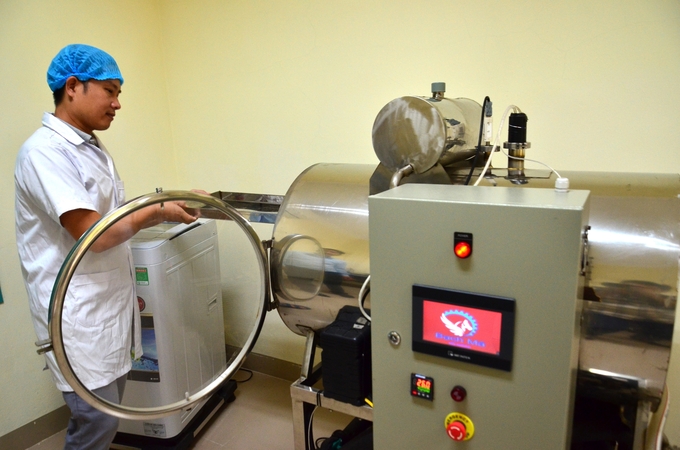
Machine system to extract valuable nutrients from silkworm cocoons. Photo: Duong Dinh Tuong.
It was even more surprising to know that many other products, such as soap and skin cream, are produced right at the Central Mulberry Research Center, while in Korea, people have created surgical sutures, artificial bones, and inorganic materials. Other medical supplies made from silk are sold at very high prices.
Dr. Le Hong Van, Director of the Central Mulberry Research Center, led me to visit the factory and product display area of the unit in collaboration with the KOPIA Center (Korea program on international agriculture) in Vietnam to talk about multi-value production of mulberry, in addition to silk for clothing, pupae for food, also cosmetics and pharmaceuticals.
The project has two contents: selecting silkworm varieties with white cocoons, which aim to compete with Chinese varieties that account for about 90% of the Vietnamese market, and the other goal is to develop value-added products and extract silk protein from cocoon shells. Both of the above tasks have been completed and ended in 2022.
The new silkworm variety VH2020 was recognized for its technical progress in March 2023 and is trying to expand into production. As for the second goal, the Center sends staff to study domestically and in Korea. Up to now, the Center has extracted silk protein by hydrolysis under high pressure, without using chemicals, creating safe raw materials to produce toothpaste, soap, and lotion, which will then be Makeup remover that is friendly to human skin.
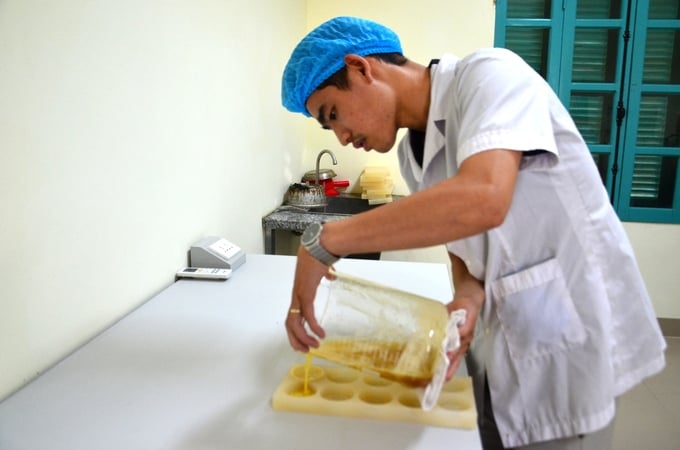
Pour into soap molds made from silkworm cocoons. Photo: Duong Dinh Tuong.
Korea sponsors all production machinery, but commercializing silk-made cosmetics is problematic because the market is competitive. We aim to distribute within our system and create a mulberry tourist destination for customers to experience and purchase.
As someone involved in growing mulberry trees and raising silkworms all his life, Mr. Van clearly understands the ups and downs of a profession that once flourished and emerged as the brightest star of Vietnamese agriculture.
The peak of mulberry production was in 1991 when Vietnam had 38,000 hectares. Still, due to poor productivity, only 500kg of cocoons/hectare, the output was only approximately 20,000 tons of cocoons.
The mulberry growing area then gradually decreased. There are many reasons, but the cause is that the mulberry industry is backward in all aspects. In particular, production organizations do not have their own system of raising silkworms, but people raise silkworms from eggs themselves. Moreover, there are many diseases because they are raised together in houses.
Farming technology is as ancient as ever; each family has a few cages and hot pots, taking advantage of time and effort to earn extra money. Low yield varieties and poor disease prevention... have made the economic efficiency of the mulberry industry not high.
The direct cause was the dissolution of the Soviet Union and Eastern European countries, the previous main markets for Vietnamese silk. The export was in the form of a barter-for-goods agreement, not in the true sense of the market, but it was the primary source of livelihood of the mulberry industry at that time and was also closed.
The market gradually decreased, and the mulberry industry declined, so in 2005, only about 7,700 hectares were left. Vietnamese silkworms have been "hibernating" for a long time, seemingly unable to raise their heads.
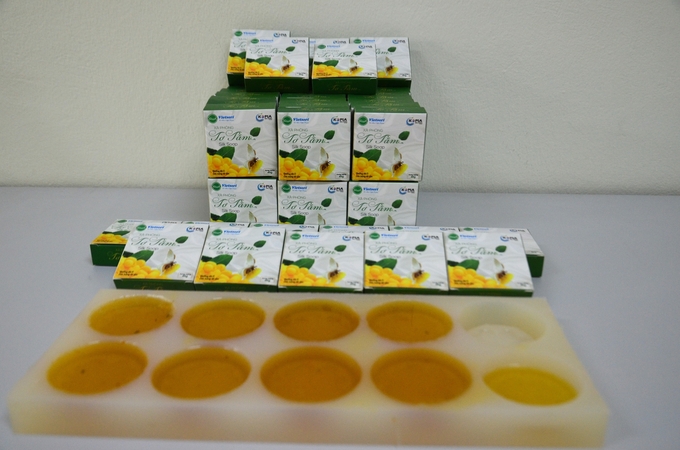
Soap is made from silkworm cocoons. Photo: Duong Dinh Tuong.
By 2000, the disadvantages of the mulberry industry had been seen, and there were changes. The Ministry of Agriculture and Rural Development and the research agencies below began building concentrated silkworm-rearing facilities in Yen Bai and Lam Dong provinces. After several years, this work has proven effective because the baby silkworm stage requires very high technology, a separate breeding facility, scientifically correct care, and disease prevention.
In these two provinces, cooperatives have been formed, with groups of households raising silkworms and then selling them to farmers from the age of 4 onwards, helping to shorten the care time by half to 1 month instead of only raising one brood. You can raise 2 or 3 litters and have a fast turnover rate.
The quality of baby silkworms is good, so the productivity of adult silkworms is high, and losses are low. Up to now, about 80% of farmers across Vietnam have adopted silkworms because they reduce effort by half and are more reliable. That is a significant change in production organization.

Picking mulberries to feed the silkworms. Photo: Duong Dinh Tuong.
Regarding technology, silkworms were growing on the floor. That is not new because there have been places to work worldwide for a long time, but the humid climate has discouraged silkworm farmers in Vietnam. It was not until the beginning of the 21st century, under the pressure of industrialization to reduce labor and raise silkworms on the floor, essentially simplifying operations, that officials in the industry were fully aware of it.
In 2004, the late Deputy Prime Minister Nguyen Cong Tan personally directed this transformation. He studied in China for many years, saw the country's agricultural technology develop rapidly, and was impatient for his country's sluggish agriculture, so he founded the Association of Small and Medium Enterprises in Agriculture.
Translated by Huong Giang
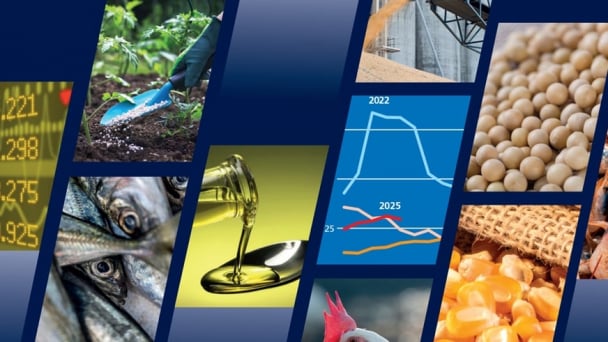
(VAN) Noting risks, report examines impacts of avian influenza, changing trade patterns since 2022, fish fraud, and shipping industry’s net-zero goals.
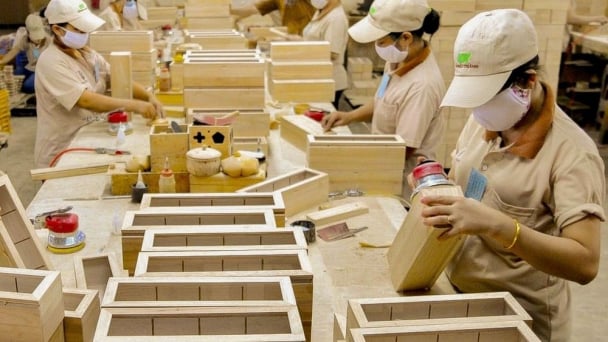
(VAN) Mr. Tran Quang Bao, General Director of the Forestry and Forest Protection Department, met and worked with the International Wood Products Association to promote cooperation in the field of timber trade.

(VAN) China's outbound shipments of rare earths in May jumped 23% on the month to their highest in a year, though Beijing's export curbs on some of the critical minerals halted some overseas sales.
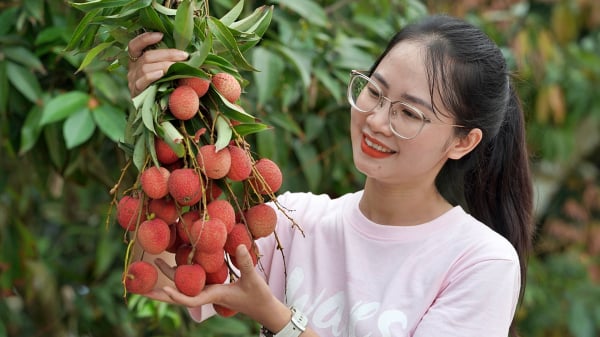
(VAN) To sustain capital flow, administrative reform alone is not enough; what farmers truly need is an ecosystem where both government and businesses grow together in support.
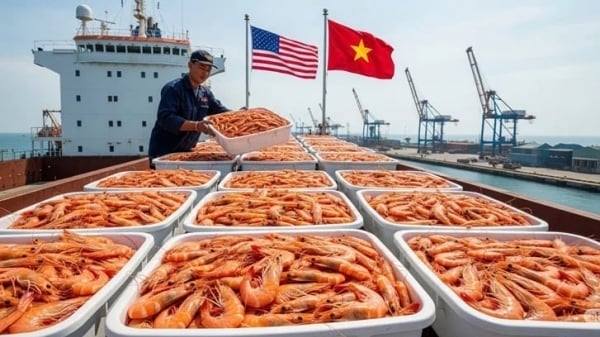
(VAN) Vietnam and the United States are proactively working together, each in their own way, to ensure that every container of agricultural goods carries not just products, but also long-term trust and value.
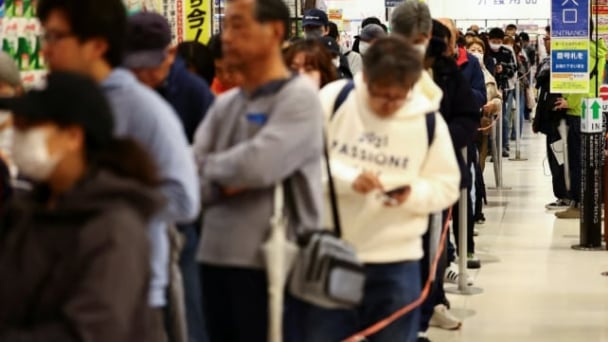
(VAN) Stores have started selling rice from the government’s stockpile to feed demand for the staple.
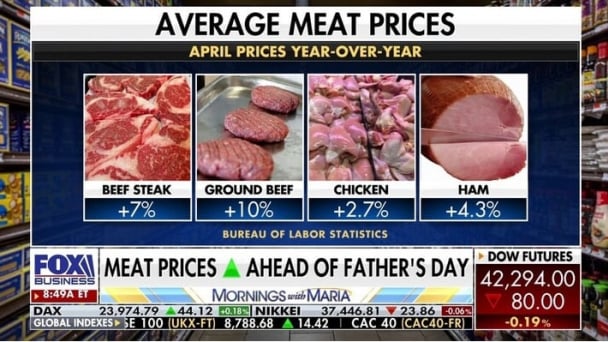
(VAN) Omaha Steaks CEO says rebuilding cattle herds will take about a year to ease price pressures.